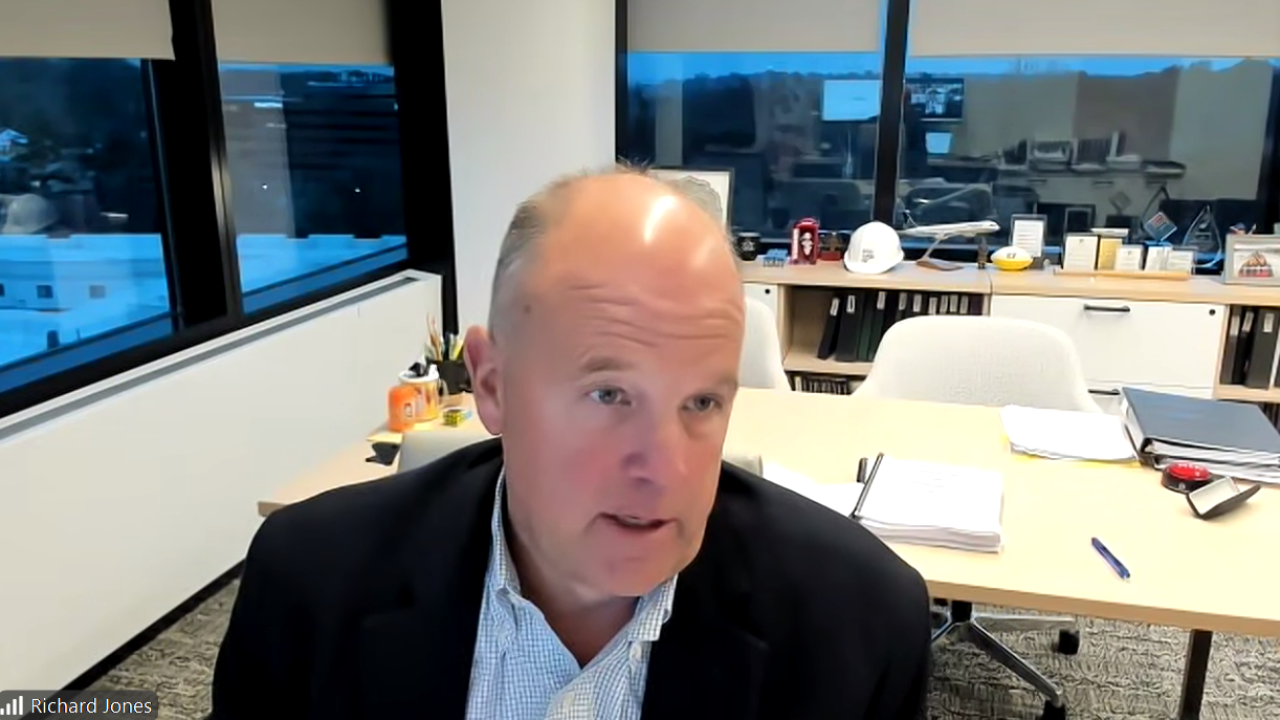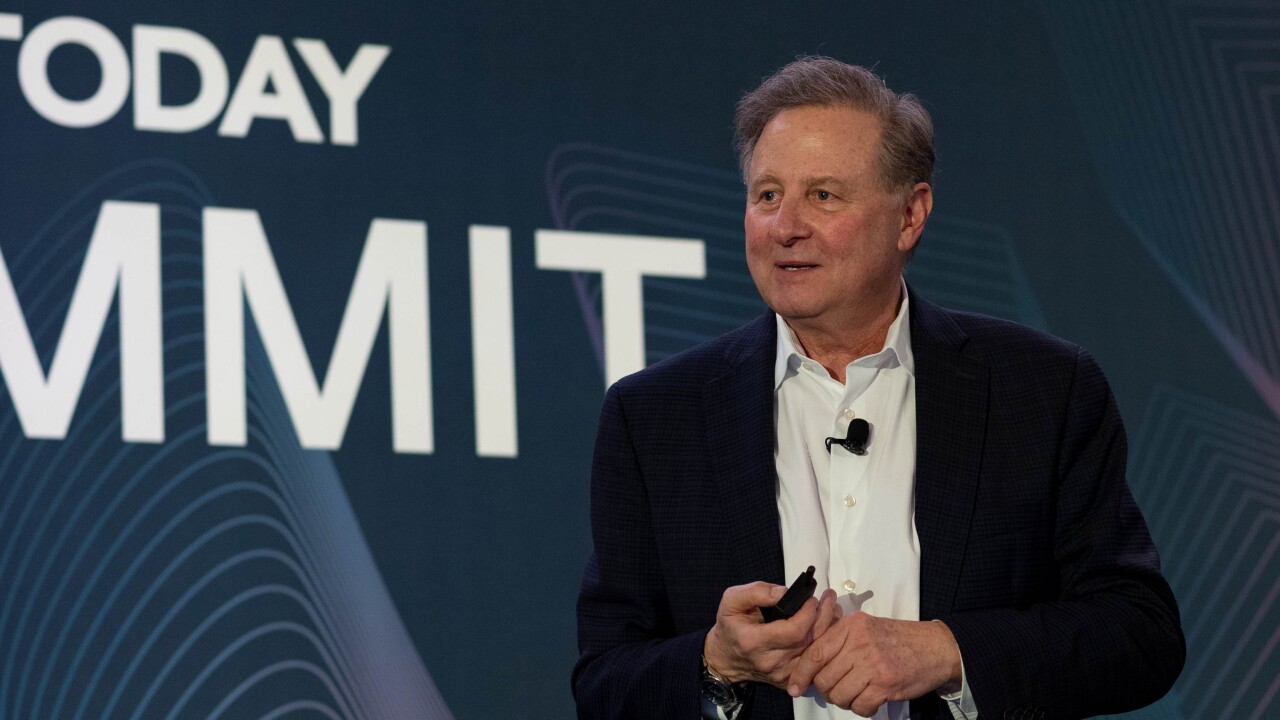The Public Company Accounting Oversight Board released its latest inspection reports Wednesday on KPMG LLP and PricewaterhouseCoopers LLP, revealing various problems with the firms’ audits.
The
“The inspection team considered certain of the deficiencies that it observed to be audit failures,” said the PCAOB. “Specifically, certain of the identified deficiencies were of such significance that it appeared that the firm, at the time it issued its audit report, had failed to obtain sufficient appropriate audit evidence to support its audit opinion on the financial statements and/or on the effectiveness of internal control over financial reporting. In addition, in two audits in which the firm played a role but was not the principal auditor, the inspection team identified deficiencies that were of such significance that it appeared that the firm had not obtained sufficient appropriate audit evidence to fulfill the objectives of its role in the audit.”
The report goes on to describe problems uncovered with 17 of KPMG’s issuer clients, or about a third of the audits inspected. With one of them, for example, the firm identified numerous control deficiencies, including deficiencies related to identified misstatements that exceeded KPMG’s established level of materiality, but failed to sufficiently evaluate whether certain of these control deficiencies represented material weaknesses individually, as it failed to evaluate the likelihood and magnitude of the potential misstatements that could result from the deficiencies. In addition, KPMG failed to evaluate whether some of these control deficiencies, when considered in combination, collectively resulted in a material weakness.
With the same client, KPMG also identified a fraud risk related to revenue recognition, including a risk with respect to the issuer's largest customer, which represented a significant portion of both total accounts receivable and total revenue, but the firm failed to perform sufficient procedures to test revenue and related accounts receivable, including procedures that were directly responsive to the assessed risk of fraud related to revenue from the issuer’s largest customer.
In response to the report, KPMG chairman and CEO John Veihmeyer and vice chair of audit James Liddy noted that they remain committed to full cooperation with the PCAOB. “We conducted a thorough evaluation of the matters identified in the draft report and addressed the engagement-specific findings in a manner consistent with PCAOB auditing standards and KPMG policies and procedures,” they wrote. “We remain dedicated to evaluating and improving our system of audit quality control, monitoring audit quality and implementing changes to our policies and practices in order to enhance audit quality. We understand our responsibility to the capital markets and are committed to continually improving our firm and working constructively with the PCAOB to improve audit quality.”
KPMG said the PCAOB inspection process has helped the firm improve audit quality. “Since 2003, the PCAOB’s inspection process has played an important role in assisting us as we identify areas where we can continue to enhance our performance and strengthen our system of audit quality control,” said a statement emailed by spokesperson Deborah Primiano. “We are always mindful of our responsibility to the capital markets, and we are committed to continually improving our firm and to working constructively with the PCAOB to improve audit quality.”
PwC Inspection
The
For example, with one issuer client, the PCAOB inspectors found that PwC’s procedures related to revenue and deferred revenue were insufficient. Specifically, the issuer's process for recording revenue transactions and deferred revenue involved several information technology systems and multiple transfers of data between these various systems. But PwC failed to identify and test any controls over the accuracy and completeness of several of these data transfers. In addition, the firm tested a control consisting of the review of data transferred between two of these systems, but PwC’s procedures were insufficient, as the firm limited its testing to determining that the review had occurred, without evaluating whether the control operated at a level of precision that would prevent or detect material misstatements.
In response to the PCAOB report, PwC U.S. chairman and senior partner Bob Moritz and U.S. assurance leader Vincent Colman said that they continued to support the PCAOB’s mission and valued the insights provided by the inspection process, while reserving the right to disagree with its conclusions. “We believe that as with any audit process, judgments are necessarily involved in the inspection process and professionals can reach different conclusions about the adequacy of audit evidence in a particular circumstance,” they wrote. “In those instances where such differences exist related to the inspection observations detailed in this report, they generally related to the significance of the observation in relation to the audit evidence taken as a whole rather than the specific nature of the observation. So, while we may disagree with the significance of inspection observations in certain cases, we have taken all of the board’s observations into account in formulating our plan to continuously improve audit quality.”
Vin Colman, the leader of PwC's U.S. Assurance Practice, said audit quality is a top priority for the firm.
"Simply put, audit quality is our top priority and we are committed to continuing our significant audit quality investments,” he said in an emailed statement. “Our investments, together with the efforts of our partners and staff, have successfully enhanced audit quality overall at PwC. We greatly value the PCAOB's insights and look forward to continuing our work with the Board and inspections staff in our ongoing efforts at audit quality improvement."




